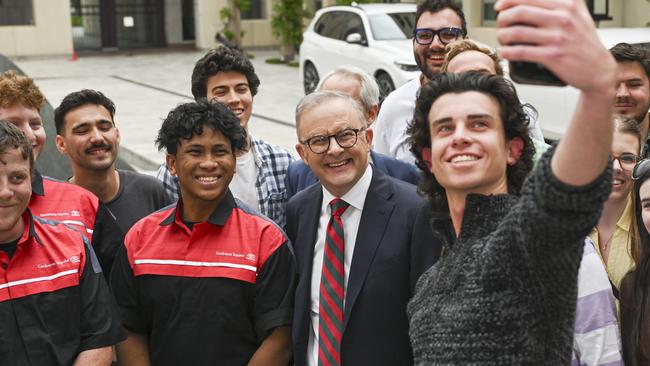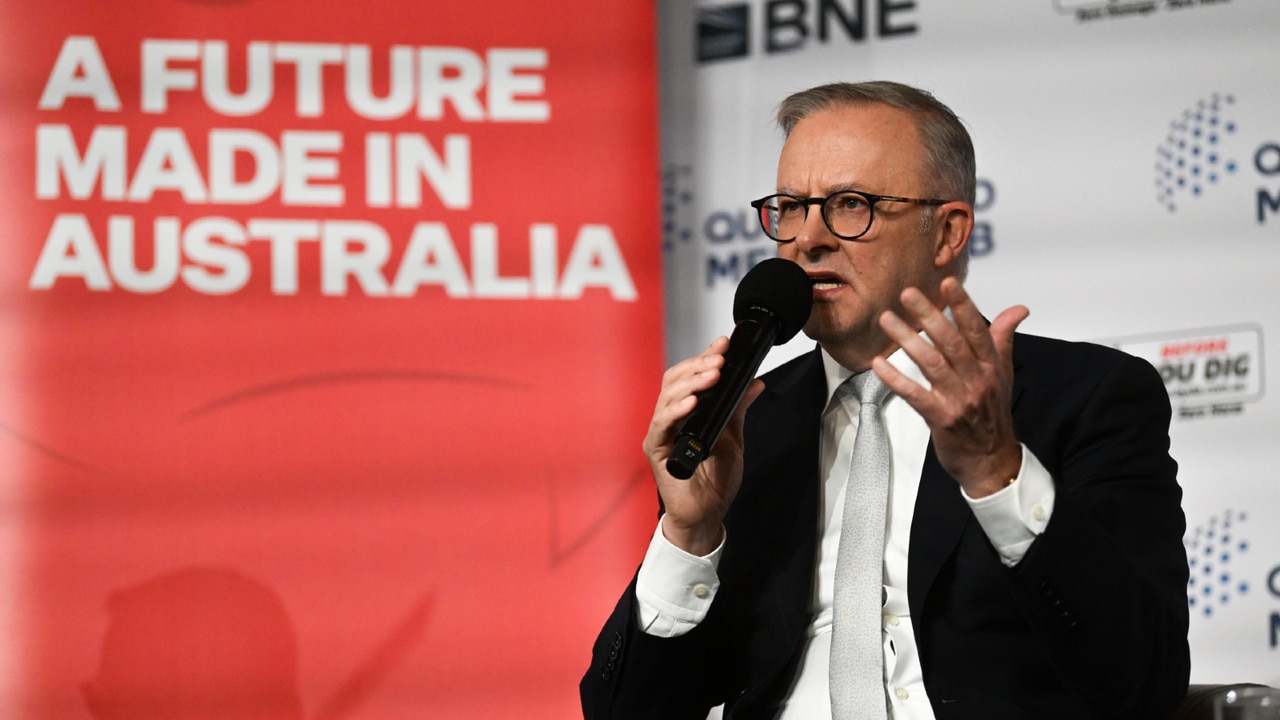Winners and losers in Albanese’s new HECS deal as student debt gets trimmed for some
The government’s plan to offer discounts on student debt is controversial – but you should find out what it means for you.

An estimated three million Australians will get a new deal on student debt after the Albanese government released a plan to cut all student loans by 20 per cent.
The plan has been slammed as selective and a targeted vote-grab by the ALP – but what does it mean for you?
Firstly, it only means something if you have not already paid off student debts. Anyone who has paid off their student loans already gets nothing. Similarly, anyone coming into the system in the future gets nothing here either.
But if you are within the targeted group, the changes are important – they are due to start next year and cut 20 per cent off any so-called HECS/HELP-related debts. This works out at $5,520 off the average debt of $27,600.
The new rules – yet to pass parliament – also lift the salary threshold at which you must by law start paying off student debt from $54,435 to $67,000, from July 1, 2025.
Additionally, the new plan also pushes debt further out into the future by only applying the required debt payback on the amount owed above the new threshold of $67,000 (this will be known as ‘the marginal repayment system’) until now, the debt repayment bills were based on your total annual income.
The 20 per cent discount is due to begin a month earlier – on June 1 next year (to avoid any overlap with next year’s inflation indexing).
Student loans do not have interest attached to them, however, the loans are inflation-indexed each year – a dimension to the loans that mattered little when inflation was near zero but has become a key issue in recent times.
After several years of high inflation, there are now more than 56,000 people with student debts of more than $100,000. In 2023, the indexing lifted loan debts by 7.1 per cent and this year by 4.7 per cent.

Financial advisers are increasingly recommending that investors cut student debt as early as possible since it is enlarged each year on the back of the inflation indexing scheme that remains in place.
Advisers also suggest that in contrast to student debt, home loan mortgages debt at least represents debt that is set against an asset that is invariably increasing in value.
Advisers also suggest that while the changes allow some Australians loan relief, they will do little to lessen the impact of long-term loan obligations.
The 20 per cent discount will apply to all students with debts on June 1, 2025.
The current Australian average student debt level at $27,600 is less than half the level of the US, where the average is more than $57,000. However, the Australian averages are misleading – the majority of high debt holders are under the age of 35, the big increases in student debt came with the repricing of student loans under the Morrison government, which made arts degrees more expensive and science degrees cheaper.
One potential upside is that changes should mean that some Australians with reduced student loan obligations will be able to borrow more for home loans because their student debt will be lower after the changes come into effect: Banks include student debt in their assessment of a borrower’s ability to service home mortgages.
Missing from the package was any attempt to incentivise the repayment of student loans – the government made no move to restore the one-time upfront discount that used to be available to students who voluntarily paid early.






To join the conversation, please log in. Don't have an account? Register
Join the conversation, you are commenting as Logout